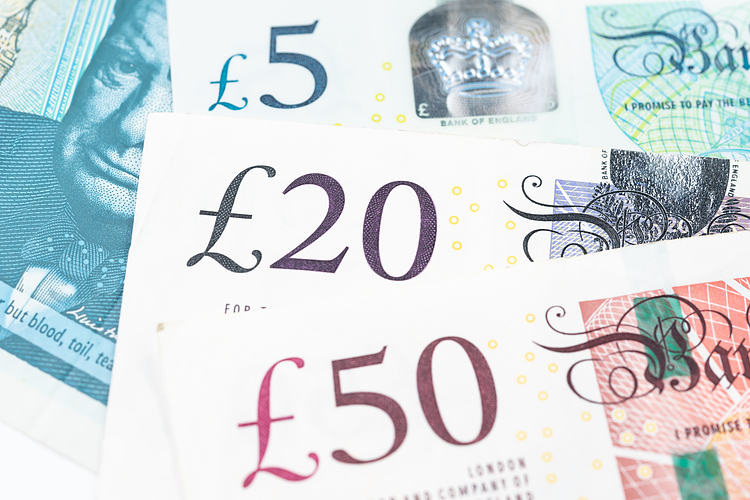GBP/USD experienced a slight rally on Friday, thanks to the release of upbeat UK Retail Sales figures and a general pivot away from the US Dollar in the broader market. The Pound Sterling managed to claw back some gains from earlier in the week and found itself back in a familiar congestion zone near the 1.3000 handle. The positive Retail Sales data, which showed a 0.3% increase in September, offered a much-needed boost to GBP bidders after a slew of negative economic data from the UK in recent weeks. This positive momentum will likely continue until next week’s UK Purchasing Managers Index (PMI) figures are released next Thursday, providing further insight into the health of the UK economy.
On the US side, mixed housing and construction figures were released on Friday, adding to the positive sentiment in the market and dispelling concerns of an imminent economic slowdown. The US economy’s resilience was further highlighted by the better-than-expected Retail Sales figures earlier in the week, painting a picture of robust growth and activity. This positive data from both the UK and US has contributed to the slight recovery in GBP/USD and could potentially lead to a stronger bullish reversal if certain key resistance levels are broken.
In terms of technical analysis, GBP/USD has shown some resilience near the 1.3000 level, but faces resistance at the 50-day Exponential Moving Average (EMA) at 1.3094. A breakout above this level could signal a more significant bullish move, while failure to do so may lead to a return of bearish sentiment. The Moving Average Convergence Divergence (MACD) indicator also suggests downside pressure in the short term, although signs of a potential momentum shift are emerging. Traders should keep an eye on key levels such as the 1.3100 resistance zone and the 200-day EMA at 1.2844 to gauge the next direction of GBP/USD.
The Pound Sterling is the oldest currency in the world, with the GBP being the official currency of the United Kingdom. It accounts for a significant portion of foreign exchange transactions globally, with key trading pairs including GBP/USD, GBP/JPY, and EUR/GBP. The value of the Pound Sterling is heavily influenced by monetary policy decisions made by the Bank of England, particularly in relation to achieving price stability and managing inflation through interest rate adjustments. Economic data releases, such as GDP, PMIs, and employment figures, also play a crucial role in determining the strength of the GBP, with a strong economy generally supporting a stronger Pound.
In addition to monetary policy and economic indicators, the Trade Balance is another key data release that can impact the value of the Pound Sterling. A positive Trade Balance, indicating a surplus in exports compared to imports, can strengthen the currency by attracting foreign investment and demand for exports. Conversely, a negative balance may weaken the currency. Overall, a combination of economic data, monetary policy decisions, and trade balance figures determines the direction of the GBP in the forex market. Traders and investors must stay informed and monitor these factors to make informed decisions regarding Pound Sterling trading.











